Here is a list of popular and simple-to-grow varieties of flowers that start with the letter X.
Flowers That Start With X – List Of Flowers That Name Starts With the Letter ‘X’
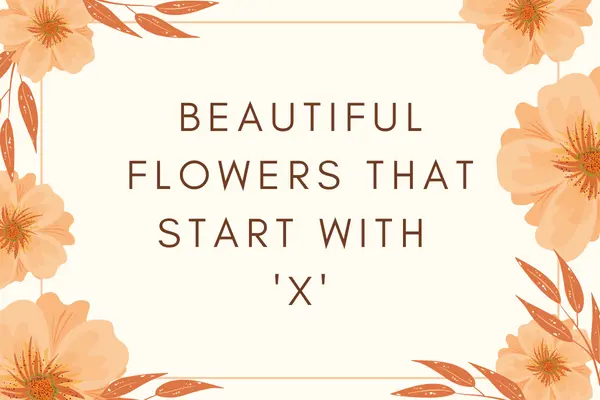
Xanthisma
In the family Asteraceae, the genus Xanthisma contains about 10 species that are indigenous to Mexico and the United States.
At the tips of their branching stems, the majority of species have bright yellow, daisy-like flowers. Although they may bloom at other times of the year, these wildflowers primarily bloom in the spring. They are great for xeriscape gardening and drought-tolerant.
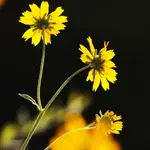
Xanthisma, which has a long blooming season and requires little water to survive, means endurance. It is such a lovely, easy-to-grow flower!
One of the plants that slumber at night is Xanthisma.
The petals of this flower open up in the morning and close down in the evening. Nyctinasty is the behavior in question.
Xanthoceras Sorbifolium
The Xanthoceras sorbifolium flower is a beautiful yellow flower that blooms in the spring. This flower is native to China and is also known as the Chinese lantern tree.
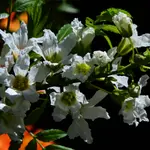
The Xanthoceras sorbifolium flower is a member of the Rutaceae family and is related to the orange and lemon. This flower is used in traditional Chinese medicine and is believed to have many health benefits. The Xanthoceras sorbifolium flower is also used as an ornamental plant in gardens and parks.
Xeranthemum
Native to the Mediterranean and southwestern Asia, the genus Xeranthemum contains six species of annual plants in the family Asteraceae.
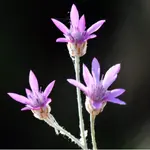
This genus’ members are distinguished by their silvery foliage and vivid, papery flowers that resemble daisies. They have compact heads of tiny florets on long stalks and alternate, undivided leaves. They make excellent cut flowers and work well in both traditional and contemporary arrangements.
The xeranthemum represents joy, immortality, eternity, and everlasting love.
Because of its vibrant, papery flowers that bloom over an extended period of time, it represents happiness. As a result, it also stands for immortality, eternity, and unending love. These flowers are sturdy and long-lasting because they are dried while maintaining their shape and color.
One of the most well-liked everlasting flowers is this one. Both dried and cut flowers can be made from its blooms. The flowers are frequently used in crafts, decorations, and dry bouquets.
When dried, everlasting flowers keep their shape, color, and form, extending their beauty beyond the confines of a single growing season, long after the other flowers have faded and died.
Xerochrysum
Eight species of flowering plants in the genus Xerochrysum are indigenous to Australia. The genus, which includes both annual and perennial species, is a member of the Asteraceae family.
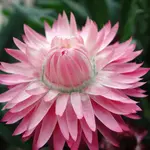
Xerochrysum produces colorful, showy bracts that resemble paper. A large cluster of tiny, individual flowers with yellow hues are surrounded by lovely bracts. Bees, butterflies, and birds are drawn to xerochrysum. Due to its enduring beauty and varied color palette, it is one of the most well-liked everlasting flowers.
Xerochrysum is a symbol of eternal life.
These flowers can stay looking vibrant and new for a very long time, and even after drying out, they keep their shape and color. They rank among the most expensive cut flowers because of how long they last and how well they work in dried flower arrangements.
The flowering plant Xerochrysum bracteatum, also called Golden Everlasting or Strawflower, is indigenous to Australia and can be found growing wild in open grasslands. It is an annual or perennial shrub that typically grows to a height of 30 to 90 cm (1 to 3 ft). Because of its abundant and vibrant bracts, strawflower is a popular crop.
The bracts’ straw-like texture is the source of the common name “strawflower.” The bracts have a low water content and are rigid but soft and dry.
One of the most widely used dried everlasting flowers is the strawflower.
When dried, everlasting flowers keep their shape, color, and form, extending their beauty beyond the confines of a single growing season, long after the other flowers have faded and died.
Xerophyllum
In the family Melanthiaceae, the genus Xerophyllum contains two species of flowering plants (Xerophyllum tenax and Xerophyllum asphodeloides).
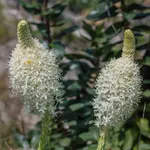
These species have long stalks bearing tiny white flowers and prickly leaves. The flowers, which have a faint fragrance, are grouped closely atop a substantial stem. They have a distinctive appearance and add charm to perennial beds and containers. As the first plant to “clear the land” following a fire, Xerophyllum tenax represents rebirth and a fresh start.
Western North America is the natural home of the perennial herb Xerophyllum tenax, also referred to as bear grass. It produces numerous flower stalks that can reach heights of up to 5 feet (15 meters).
It has a cluster of tiny, tightly packed white flowers at the top and grass-like basal leaves at the base of the stalk.
This plant’s rhizomatous root can withstand extreme heat, making it fire-resistant and one of the first to recolonize burned areas. It forms a new clump after a fire by sending up new shoots from the rhizomes.
The unofficial emblem of Glacier National Park, which is situated in the American state of Montana, is bear grass.
The plant is used medicinally. Its roots have been used to treat broken limbs, sprains, bleeding wounds, and itchy eyes.
Additionally, Native Americans have historically used its leaves to create waterproof baskets and clothing.
Xylobium
A Xylobium flower is a type of orchid flower that is native to tropical regions.
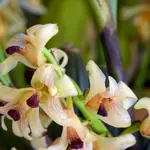
The flowers are typically small and white, and they grow in clusters. The plants typically bloom in the spring and summer.
Xylosma
The Xylosma flower is a small, delicate flower that is native to tropical and subtropical regions.
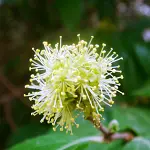
The flower is typically white or pale pink in color, and has a sweet, citrusy scent. The Xylosma flower is often used in floral arrangements and is also a popular choice for wedding bouquets.
Xyris Difformis
Xyris difformis is a species of flowering plant in the yellow–eyed–grass family known by the common name odd–flowered yellow–eyed–grass. It is native to the southeastern United States where it occurs in woodlands and other habitats. This is a perennial herb growing from a corm and producing a stiff, erect stem up to about 70 centimeters tall.
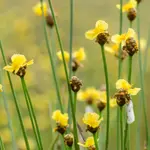
The alternately arranged leaves are up to 35 centimeters long. The inflorescence is a solitary flower or a cluster of up to three blooms. Each has a yellow or greenish yellow perianth up to 1.5 centimeters long. The outer tepals are lance–shaped and the inner tepals are oval in shape. The stamen and pistil protrude slightly beyond the perianth. The fruit is a capsule up to 2 centimeters long.